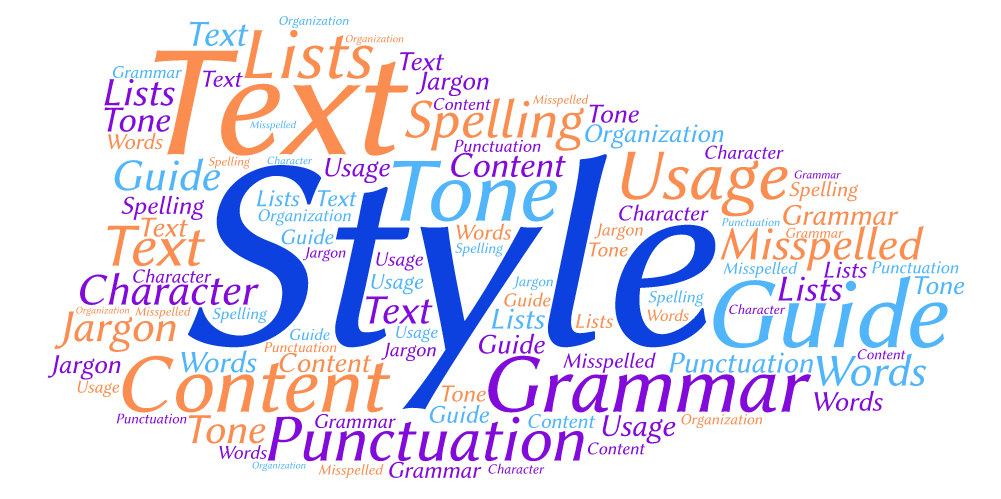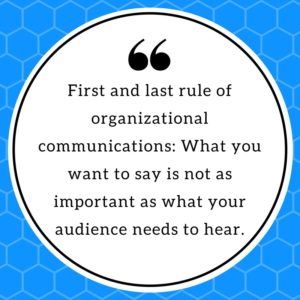
The heart and soul of content marketing is to help your audience, whether they are prospective customers, donors, supporters, or interested readers. Give them worthwhile information and you will make them yours.
Bolster that ultimate goal with these tips to make your content more inviting:
- Be human. Depending on your business and goals, you may take a friendly, formal, expert, or some other tone. Whichever you use, use it to talk to your ideal audience. Take a look at Zipcar’s Ziptopia. Its content marketing is clearly aimed at the kind of people who are likely to use its cars, informative, easy to navigate, and straightforward.
- Give that audience tips, suggestions, and practical guidance from your arena of expertise. If you are working for a hospital, for example, don’t just describe the hospital’s expertise and capabilities, give them information about the condition for which they need treatment. This page about cancer staging from Northwestern Medicine is short, clear, and informative. If you’re writing for a nonprofit, make suggestions for how they can help your organization or stories about why your organization needs help.
- Respond. Answer questions. Reply to comments. When your organization makes a mistake, and that will happen, make it right. We all know mistakes happen. Not acknowledging those mistakes is the problem and will drive away your audience faster than you can say “oops.” Acknowledging an error and making it right is much better than defending or ignoring it. This Hubspot blog post highlights six companies that did it right.
- Tell stories. Tell more. About your product or about the nonprofit services you provide and who those services benefit. The Council on Foreign Relations created a stunning visual and interactive story about inequality in the workplace. It’s gorgeous, but pay attention to the content. It’s compelling, easy to scan, and provides options for the reader to go deeper. You can do the same even if your content marketing budget is a fraction of the cost for the interactivity in the inequality story.
- Make connections. The International Rescue Committee does a great job of connecting the people it serves—refugees—to its potential donors. The story about Yousif and his mom is one example, and there are plenty more.
- Entertain. Cisco, a technology company, developed a graphic novel in 2015 to describe how five cities were using technology in creative ways to make their cities better places to live.
- Make them laugh. For this kind of content marketing, I have two words: Moon Pie.
- Go behind the scenes to show them what your organization does and how that benefits them. W.R. Case & Sons makes knives. This is really not one of my interests. But when I stumbled on the company’s site while shopping for a gift, I stayed to read about what the company does and how because the content was so interesting.
- Ask for action. Give them easy, clear ways to buy, make an appointment, donate, help, etc. Take a look at the Center for Biological Diversity’s home page for creative, provocative calls to action.
- Last, visual interest will amplify your content in all the right ways. Content alone is like bread without yeast when it comes to content marketing.









